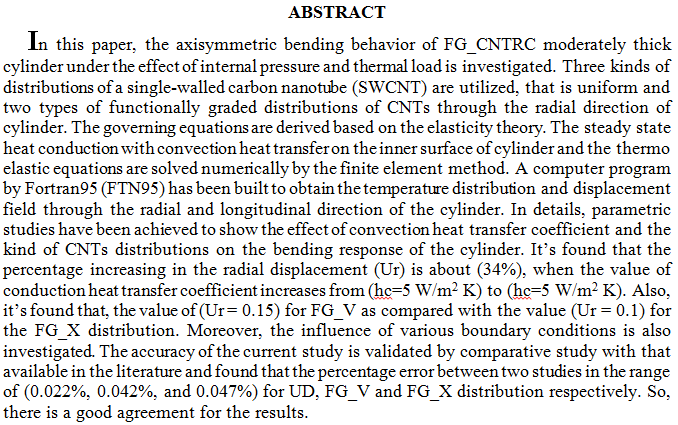
This Investigation aims to study the effect of adding Steel fibers with different volume fractions Vf (o.5, 0.75, and 1% by volume of concrete) with aspect ratio 100 on mechanical properties of concrete, and also
finding the influence of petroleum products (Kerosene and Diesel) on mechanical properties of Steel Fiber Reinforced Concrete (SFRC).
The experimental work consists of two groups: group one consists of specimens (cubes and prisms) plain and concrete reinforced with steel fiber exposed to continuous curing with water. Group two consists of
specimens (cubes and prisms) plain and concrete reinforced with steel fiber exposed to kerosene and diesel after curing them in water for 28 days before exposure. The results of all te
This investigation presents an experimental and analytical study on the behavior of reinforced concrete deep beams before and after repair. The original beams were first loaded under two points load up to failure, then, repaired by epoxy resin and tested again. Three of the test beams contains shear reinforcement and the other two beams have no shear reinforcement. The main variable in these beams was the percentage of longitudinal steel reinforcement (0, 0.707, 1.061, and 1.414%). The main objective of this research is to investigate the possibility of restoring the full load carrying capacity of the reinforced concrete deep beam with and without shear reinforcement by using epoxy resin as the material of repair. All be
... Show More (1)
(1)
 (5)
(5)
In this work, the nuclear density distributions, size radii and elastic electron scattering form factors are calculated for proton-rich 8B, 17F, 17Ne, 23Al and 27P nuclei using the radial wave functions of Woods-Saxon potential. The parameters of such potential for nuclei under study are generated so as to reproduce the experimentally available size radii and binding energies of the last nucleons on the Fermi surface.
 (12)
(12)
 (6)
(6)
 (1)
(1)

 (5)
(5)
 (4)
(4)
